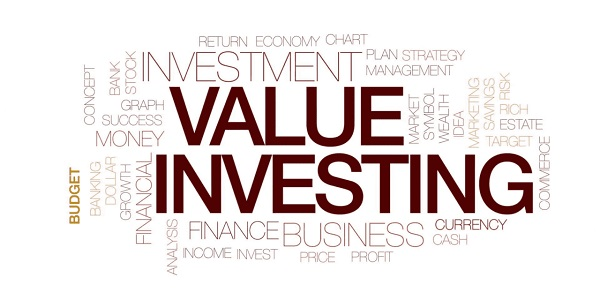Introduction
Most investors would be best served by purchasing stocks through low-cost index funds that offer broad diversification, employing dollar-cost averaging, and reinvesting dividends. For those few do-it-yourself investors, Benjamin Graham, the father of value investing, identified five common stock investing categories that could result in better-than-average returns. These categories are growth, value, small-cap, and international stocks.
Buy Businesses, Not Stocks
If there is one thing on which all value investors can agree, it is that the best investment for investors is to purchase businesses rather than stocks. This entails paying no attention to movements in stock prices or any other form of market noise. Instead, investors ought to examine the fundamentals of the firm that the stock represents to value the stock properly. Following trending stock prices is one-way investors generate money, but doing so requires much more work than value investing. The research phase of looking for solid firms selling at reasonable prices based on expected future success takes more effort. Still, the payoffs include less time spent purchasing and selling and fewer payments made to commissions.
Evaluating A Company's Inherent Value
There are many different metrics that investors use to determine the intrinsic value of a stock. All of these metrics involve closely examining company accounts to unearth financial information that suggests a company's stock price is not an accurate assessment of the company's overall worth. The price-to-earnings ratio, or P/E ratio, is a company's share price ratio to its earnings per share. It is a valuable tool for beginning investors looking to find value in an investment. The ratio of a company's share price to its book value is referred to as the price-to-book ratio (its assets minus liabilities)

How Are Support And Resistance Used In Range Trading?
They use the dollar-cost-averaging strategy to enter the market to balance the typical enthusiasm that comes with rising demand. When a holding develops into an overweight position, they liquidate some portion of it to reduce their risk. When your purpose is to profit from market mispricing (objective number three in the list above), you cannot employ this strategy. As a result of the fact that businesses do not typically experience rapid and consistent expansion, this attitude of the growth investor (goal #2) is not practised very often. To get around the uncertainty that comes with future cash flow estimates, several analysts favour using reverse DCF analysis. The current share price is used as the starting point for a reverse DCF analysis, which then proceeds to compute the cash flows necessary to generate the company's current valuation.
Bargain Purchases
Purchases of bargain stocks entail picking shares currently trading at prices significantly lower than their actual value, as determined by relatively reliable methods. To calculate a company's EPS, divide the company's profits by the total number of shares that it has outstanding. For illustration purposes, a corporation with 100,000 shares that are currently outstanding and a profit of $1 million would have an EPS of $10. If one share costs $40, the price-to-earnings ratio would be 4. Compare the price-to-earnings ratio of a business's stock to that of other comparable companies operating in the same industry. However, a technological startup's earnings per share (EPS) should not be compared to those of an agriculture company.
Avoiding Value Traps
A stock that appears inexpensive but is not genuinely affordable is known as a value trap. Value investors should be wary of some situations that frequently produce value traps: stocks in cyclical industries such as manufacturing and construction often see their earnings rise significantly during boom times, only to watch a significant portion of them disappear when industry conditions become less favourable. When investors believe that a stock may soon experience a bust, the stock's value may appear to be relatively low in comparison to previous earnings. However, this perception will change significantly once payments begin to decline during a slower business cycle period.
Dollar-Cost Averaging
The process of consistently adding money to your investments at predetermined intervals is referred to as dollar-cost averaging. For instance, let's say you've calculated that you can put away $500 every month. Therefore, no matter the market's state, you put $500 to work every month. Alternately, perhaps you decide to add $125 more each week. When you make consistent purchases of an investment, you spread out your buy points more evenly.

Conclusion
Investing in value requires an unusual combination of common sense and unconventional thinking. Although most investors may agree that conducting a comprehensive firm analysis is crucial, the notion that one should avoid participating in a bull market is counterintuitive. It cannot be denied that capital regularly invested in the market has produced better returns than cash that is held outside the market and is waiting for a bear market to conclude. This is a fact, yet it is a fact that can mislead. The information was obtained by tracking the progress of several market indices, such as the S&P 500 Index, over several years. There is a common misunderstanding between value investing and passive investment at this point.




